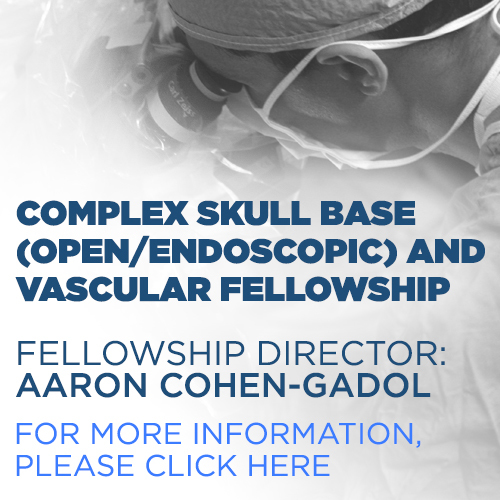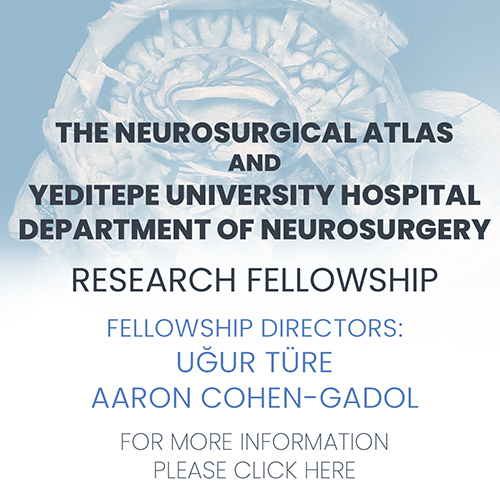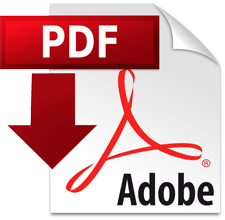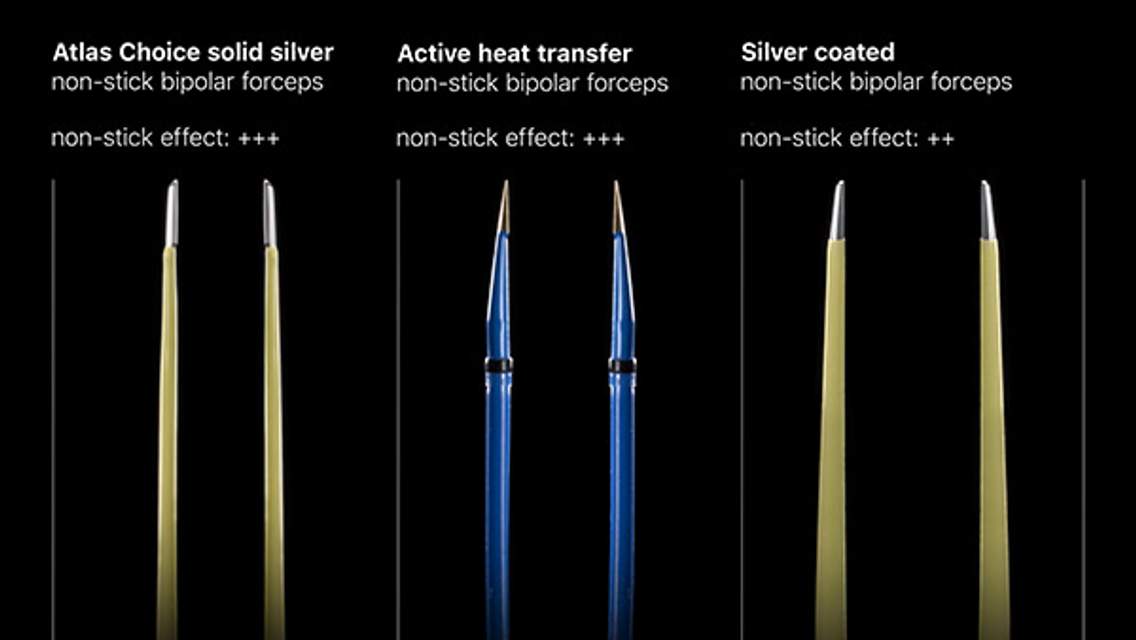Head Trauma Free
|
1. Coma
|
|
2. Absent Brainstem Reflexes
|
|
3. Apnea Test
|
|
4. Vital signs
|
| Time | T1 Weighted Image | T2 Weighted Image |
| Acute | Gray | Black |
| Subacute | White | White |
| Chronic | Black | Black |
| Eye Opening | Motor | Verbal | Score | |
| - | Obeys | - | 6 | |
| - | Localizes pain | Smiles, oriented to sound, follows objects, interacts | 5 | |
| Crying | Interacting | |||
| Spontaneous | Withdraws to pain | Consolable | Inappropriate | 4 |
| To speech | Flexor (decorticate) | Inconsistently consolable | Moaning | 3 |
| To pain | Extensor (decerebrate) | Inconsolable | Restless | 2 |
| None | None | None | 1 | |
| Diffuse Injury Grade | CT Appearance | Mortality |
| I | Normal intracranial appearance | 9.6% |
| II | Basal cisterns present. Midline shift <5mm. No lesions. | 13.5% |
| III | Basal cisterns compressed or absent. Midline shift <5mm. No lesions >25cc. | 34% |
| IV | Midline shift >5mm. No lesions >25cc. | 56.2% |
| Category | Qualification (Must meet each criteria in one bullet point) |
| Minimal |
|
| Mild |
|
| Moderate |
|
| Severe |
|
| Critical |
|
| Characteristic | Pediatric | Adult | |
| Newborn | 1-10 years old | ||
| Daily Production (ml/d) | 25 | 450-750 | |
| Volume (ml) | 5 | 150 (50% intracranial, 50% spinal) | |
| Pressure (cmH2O) | 9-12 | 10 (>15 = abnormal) | 7-15 (>18 = abnormal) |
| Eye Opening | Motor | Verbal | Score |
| - | Obeys | - | 6 |
| - | Localizes pain | Oriented | 5 |
| Spontaneous | Withdraws to pain | Confused | 4 |
| To speech | Flexor (decorticate) | Inappropriate | 3 |
| To pain | Extensor (decerebrate) | Incomprehensible | 2 |
| None | None | None | 1 |
| Step | Description |
| 1 | Check airway |
| 2 | Elevate head of the bed to 30o |
| 3 |
Osmotic therapy with mannitol 1gm/kg IV or 10-20ml of 23.4% saline
|
| 4 | If resistant / sudden IC-HTN is present → STAT non-contrast head CT |
| 5 | Drain 3-5ml of CSF if intraventricular catheter is present |
| 6 | Ensure patient is sedated and paralyzed |
| 7 | Hyperventilation with bag valve mask (to PaCO2 30-35mmHg) |
| 8 | Induced coma with pentobarbital 100mg IV or thiopental 2.5mg/kg IV |
Please login to post a comment.












